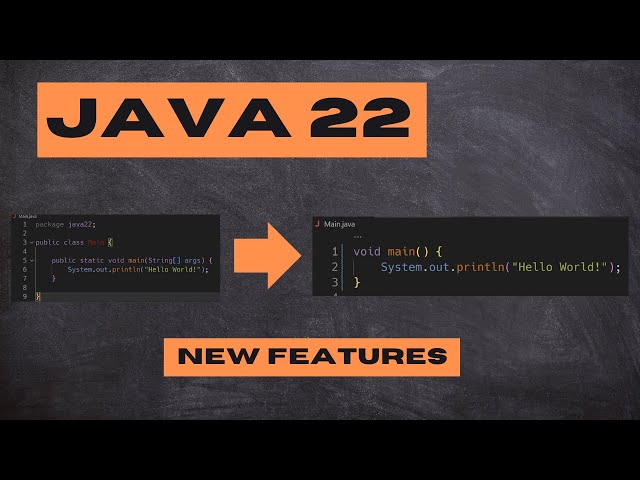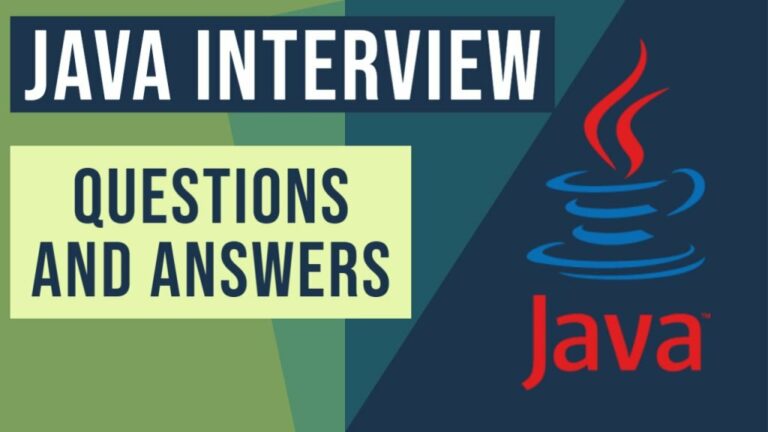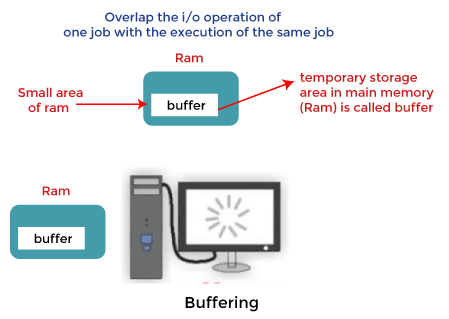Exploring Java 22 New Features
Introduction:
As Java 22 reaches feature completeness, it’s time to delve into the significant enhancements it brings.
From streamlined stream operations to revamped memory APIs, Java 22 empowers developers with new tools and capabilities.
for those who wants to read about new features in JAVA 21 LTS, here is the link: Exploring the Exciting Java 21 New Features.
Let’s explore these features in detail with more examples.
1. Stream Gatherers (Preview) – JEP 461
Stream Gatherers introduce a revolutionary addition to the Stream API, allowing developers to define custom intermediate operations.
This preview feature enables the creation of gatherers, which transform elements in a stream and control emission downstream.
Example: Custom Window Sliding Gatherer
Suppose we have a list of numbers and want to create sliding windows of size 3:
var numbers = List.of(1, 2, 3, 4, 5); var slidingWindows = numbers.stream() .gather(Gatherers.windowSliding(3)) .toList(); System.out.println(slidingWindows); // Output: [[1, 2, 3], [2, 3, 4], [3, 4, 5]]
In this example, the windowSliding gatherer groups input items into lists of size 3, creating sliding windows of elements.
2. Launch Multi-File Source-Code Programs – JEP 458
JEP 458 enables the execution of programs directly from source files, even if they reference classes defined in separate source files.
This feature simplifies development by automatically compiling dependencies in memory.
Example: Multi-File Program Execution
Consider a Java program with multiple source files:
// Main.java
public class Main {
public static void main(String[] args) {
Helper helper = new Helper();
helper.doSomething();
}
}
// Helper.java
public class Helper {
public void doSomething() {
System.out.println("Doing something...");
}
}
With JEP 458, executing Main.java will automatically compile Helper.java in memory.
3. Statements before super (Preview) – JEP 447
JEP 447 introduces a preview feature allowing statements to appear before the call to the parent constructor (super) in a subclass constructor.
This enhances code readability and enables parameter validation or pre-calculation before invoking the superclass constructor.
Example: Parameter Validation
public class PositiveBigInteger extends BigInteger {
public PositiveBigInteger(long value) {
if (value <= 0)
throw new IllegalArgumentException("Non-positive value");
super(value);
}
}
Here, we perform parameter validation before calling the superclass constructor.
4. Class-File API (Preview) – JEP 457
JEP 457 introduces a standard API for parsing, generating, and transforming Java class files.
This preview feature simplifies bytecode manipulation and generation tasks, providing a consistent interface for working with class files.
5. ListFormat
ListFormat facilitates the formatting of lists of strings based on locales and Unicode standards.
Developers can customize formatting options such as enumeration type and style to meet specific requirements.
Example: Customized List Formatting
var colors = List.of("Red", "Green", "Blue");
var formatter = ListFormat.getInstance();
System.out.println(formatter.format(colors));
// Output: [Red, Green, Blue]
By default, ListFormat uses the FULL enumeration style. Developers can specify different styles based on their preferences and requirements.
Conclusion
Java 22 introduces powerful features that enhance developer productivity and code quality. From custom stream operations to improved memory APIs,
Java developers have a wealth of new tools at their disposal. Stay tuned for our next tutorial, where we’ll explore using Liquibase in a project.
Join our community to stay updated on the latest Java developments and share this post with fellow developers.
To find all the changes in Java 22, refer to the release notes.







